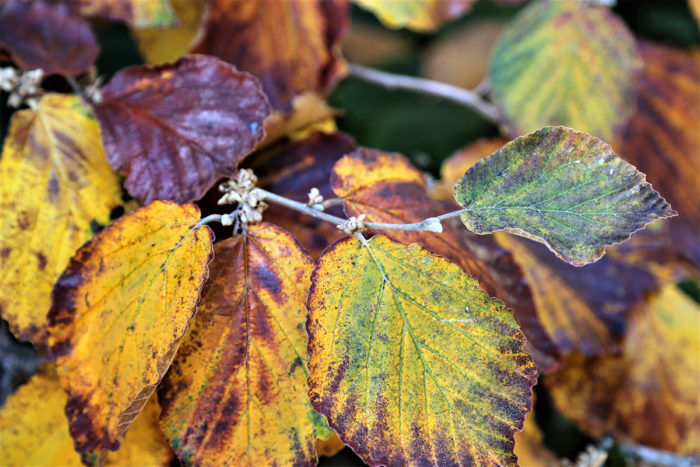
Autumn in the Pacific Northwest is a wonderful season, and October is the best month of autumn. While it is the start of the rainy season, there are also lingering warm days and foggy mornings, especially in the Seattle area. There are plenty of garden chores to keep yourself busy this month. Here are just a few.
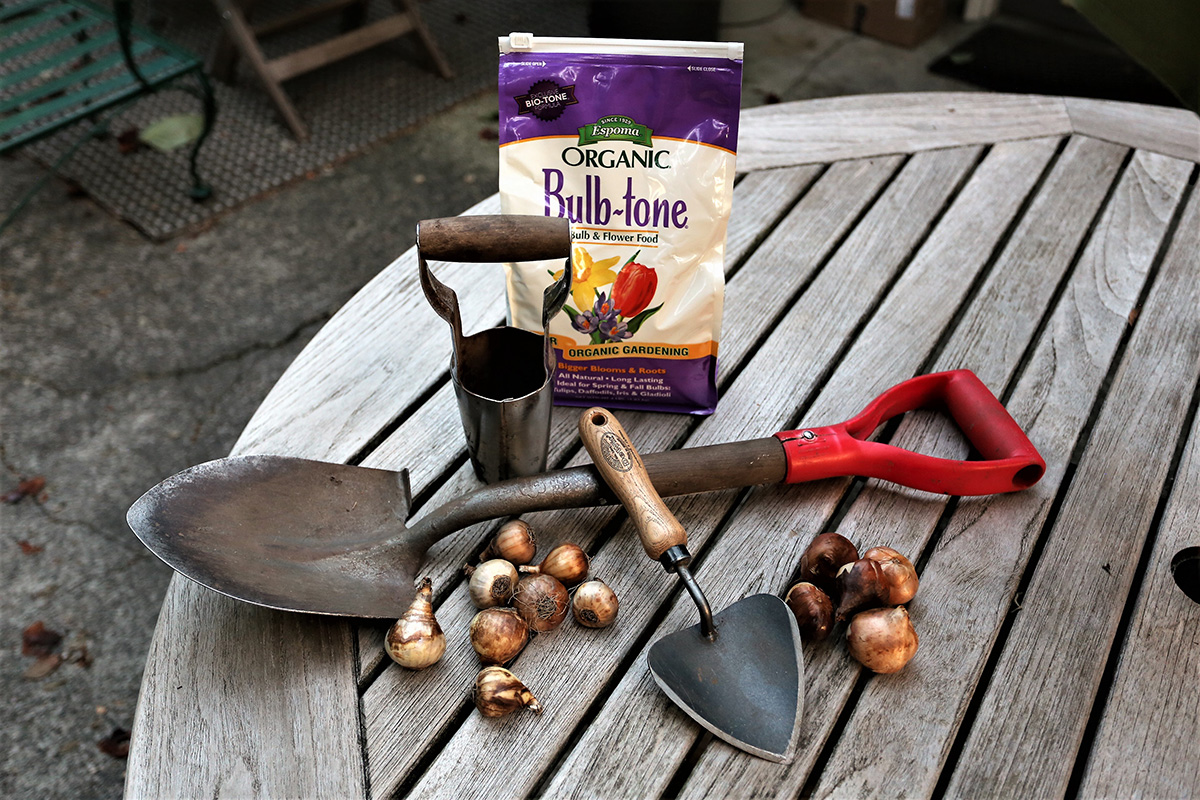
Plant spring-flowering bulbs. Once those wonderfully selected spring-flowering bulbs arrive from your late-summer catalog orders, it’s time to get them in the ground. I am guilty of ordering too many bulbs because I want to try new varieties that become available. The first thing to decide is where new bulbs will be going. I often take bamboo sticks to assist in the layout of the bulb placement. This helps me visualize where the bulbs will appear once spring is upon us. For tulips, daffodils, and other varieties that look good in masses, I like to use a small spade or a sharp hand shovel to dig a shallow planting area large enough to accommodate five to seven bulbs. Make sure to incorporate the recommended amount of a good-quality bulb fertilizer. For smaller bulbs or single planted ones, I like using a regular bulb planter. This is a great tool if you only have a small assortment to plant; otherwise a larger shovel works better. No matter the planting method, firmly return the soil to the planting hole and note where the new bulbs have been planted. Here are some more tips to ensure great bulb displays next spring.
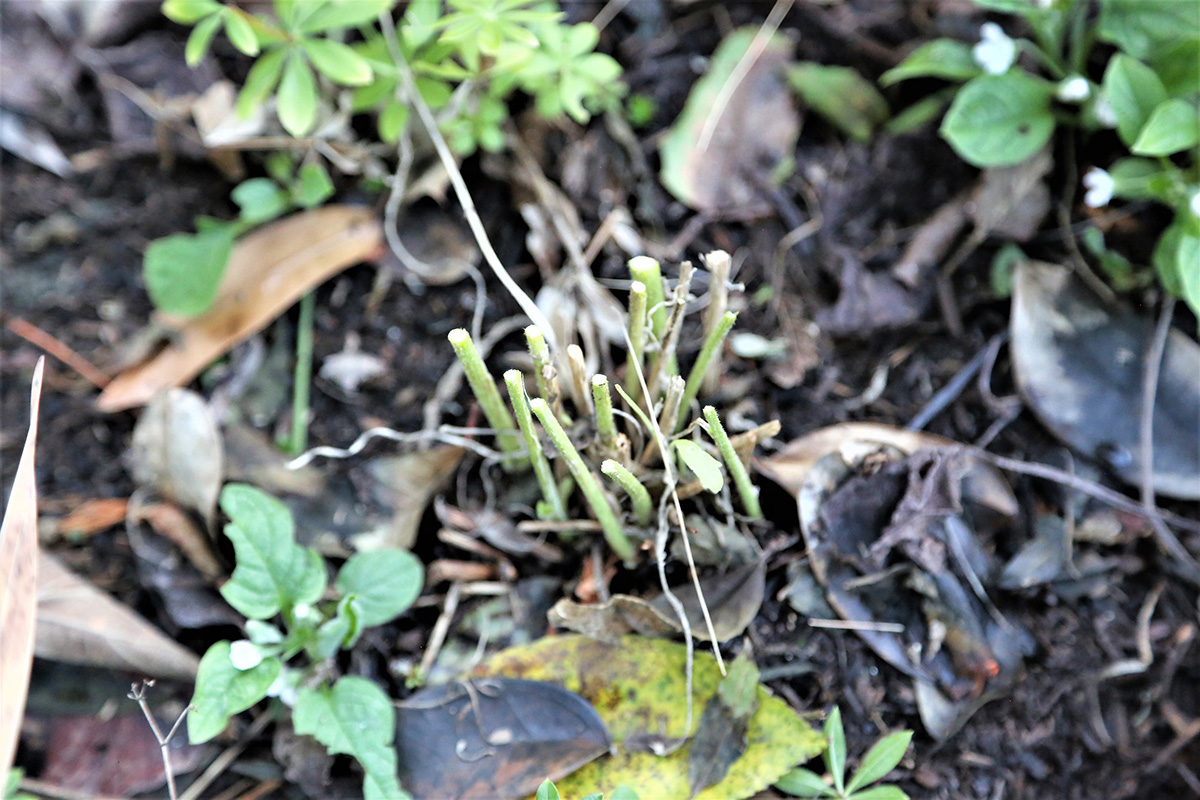
Put the garden to bed. It’s a good time to start the job of fall cleanup in your perennial beds and mixed borders. There are many ways to tackle this job. In recent years I’ve used the “chop and drop” method. After cutting down perennials, I proceed to chop up the material into 1-to-4-inch pieces, which I scatter over the area where it came from. If a plant is particularly tough or woody, I use smaller pieces. This is a good way to cut down on removing otherwise beneficial organic material you have cultivated over the growing season. If a perennial is diseased or infested with pests, however, don’t use that material. If tidiness is a concern, you can cover the freshly chopped material with a light, even coating of compost. Learn more tips for cleaning up your fall garden here.
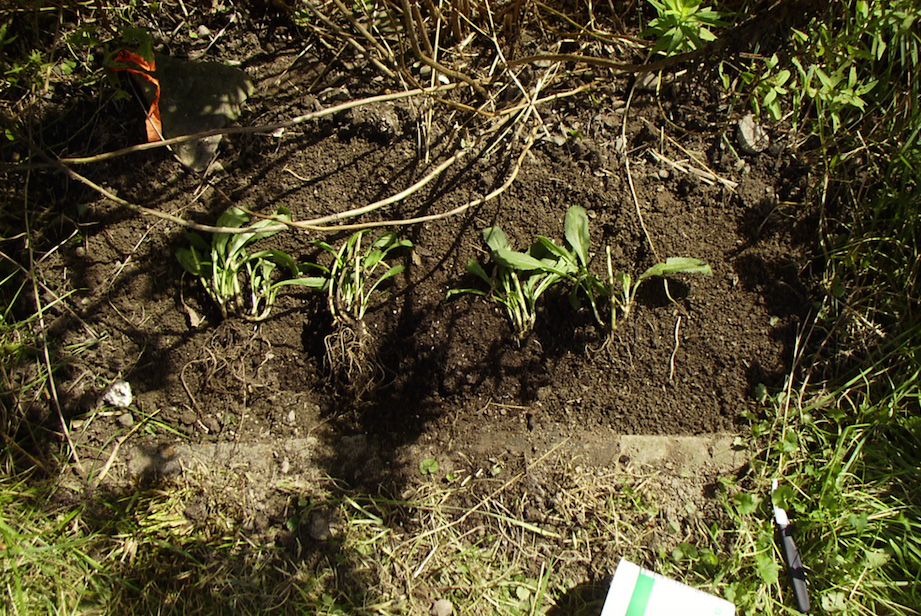
Divide perennials. Autumn is also a great time to increase your perennials by lifting and dividing them. If I know I am going to divide a plant, I will purposely leave the dead stems on them or cut them very long so that I have a visual reminder of which ones to divide. This will help later when replanting the divisions in the garden and serve as a visual reminder of what new additions I have added to a garden area. Lifting and dividing perennials is also a great way to remove the dead centers of older plants and to help reinvigorate them. Developing dead centers is quite common with Siberian irises (Iris sibirica, Zones 3–8) and ornamental grasses. If your perennial divisions are prolific, you can also give some to your gardening friends.
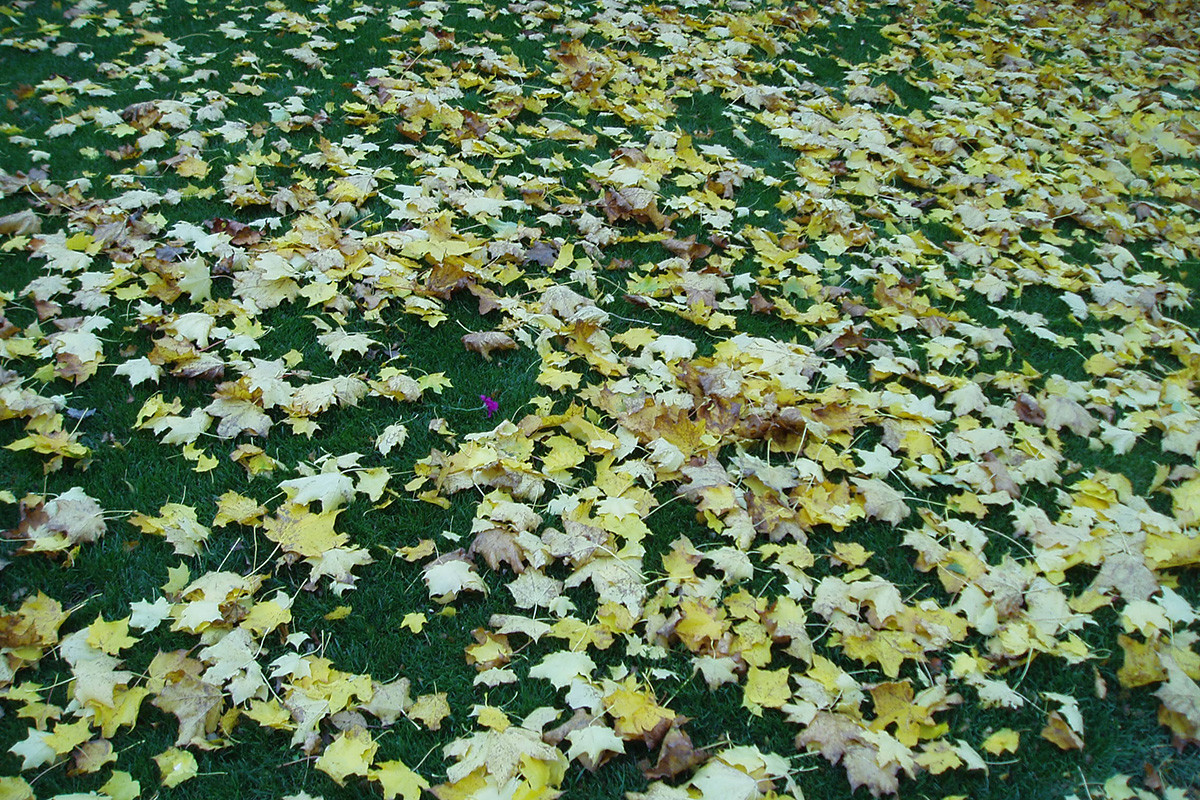
Remove leaves from your lawn. Keeping fallen leaves and other debris off your lawn in autumn is a great way to help avoid dead patches of grass in the coming year, especially if you have fertilized and overseeded your lawn in September. I run my mower over the lawn on the high setting to mow up fallen leaves and help make leaf mulch. You can either use these leaves directly in the garden beds now or start a leaf mulch bin for later. This mulch is nutrient rich and great for any garden bed. Just be sure to only use deciduous leaves, as most large evergreen leaves take a very long time to decompose. Learn more about caring for your lawn in autumn here.
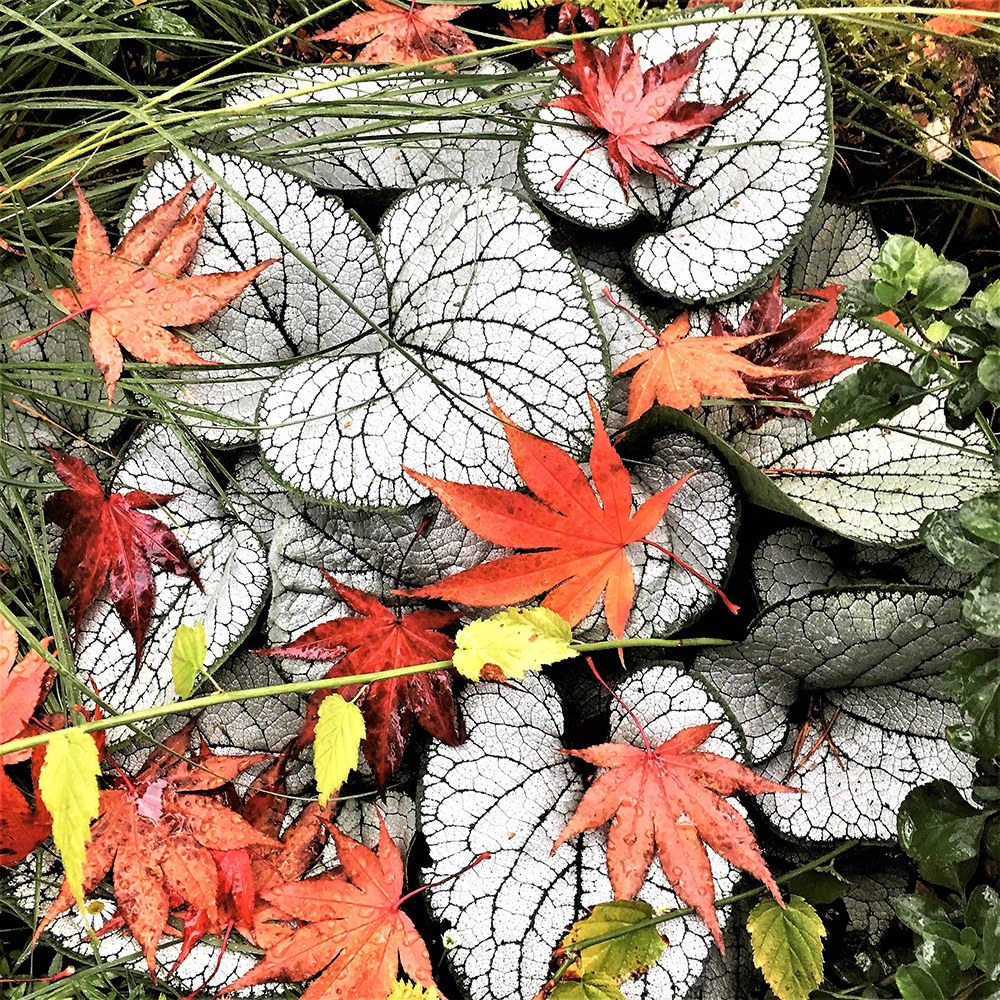
Add plants with fall interest. Autumn color is all around us, and this is a great time to enjoy it. Visiting nurseries, garden centers, and local parks is a great way to see an amazing diversity of fall colors and be inspired to select plants with great fall foliage to add to your garden. I have special fondness for ‘Osakazuki’ Japanese maple (Acer palmatum ‘Osakazuki’, Zones 5–8). The leaves range from yellow to orange to red on the same tree. It is also a great smaller-scale Japanese maple for urban gardens. Maybe you will discover your new favorite fall interest plant this October? For some suggestions to start with, read on here:
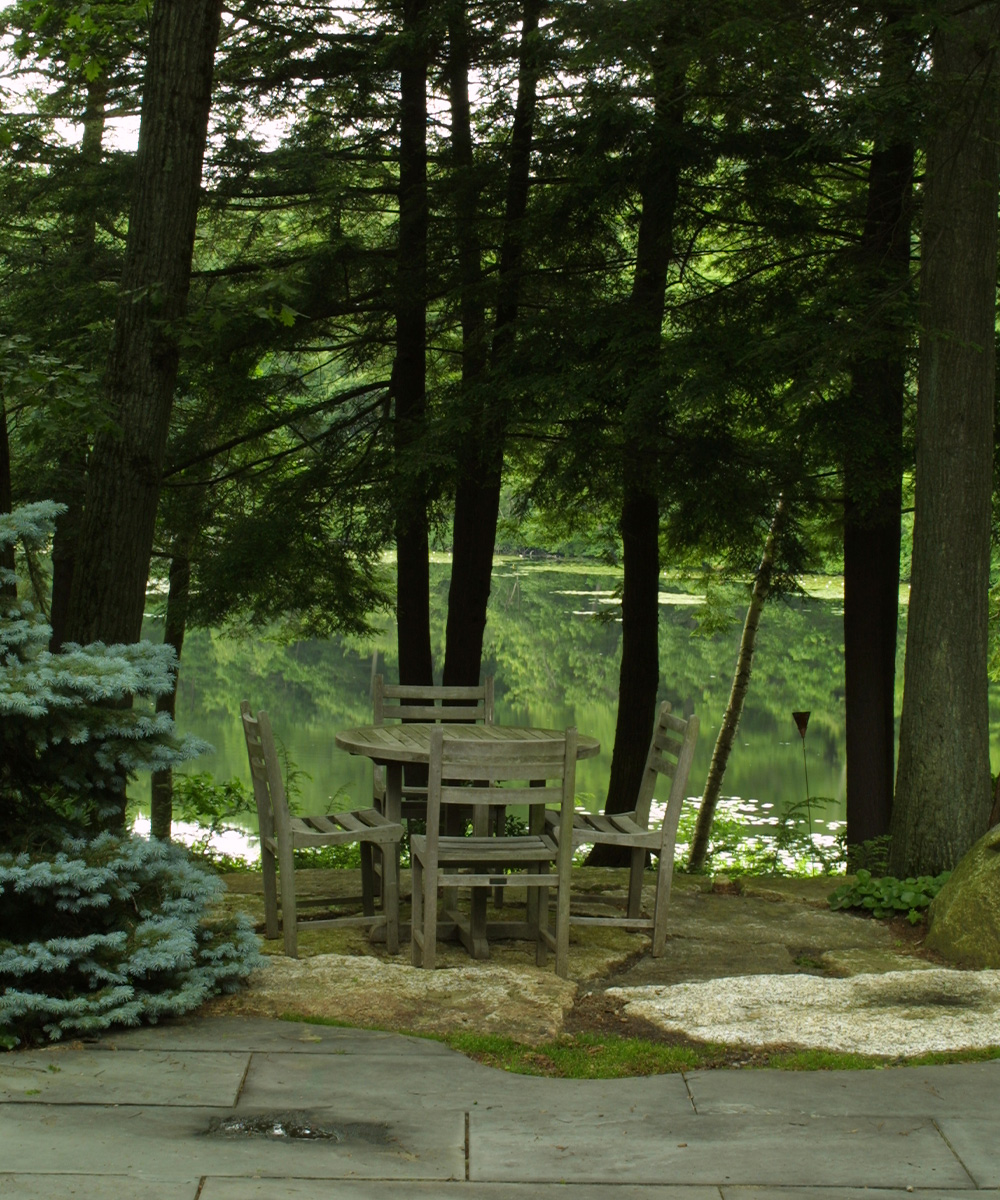
Clean and put away outdoor furniture. As sad as it seems, it is probably time to clean up your garden furniture for the last time of the year and store away the cushions for the season. At a minimum, store all cushions and pillows inside your home, garage, or storage shed. If you do not have inside storage space for large patio furniture pieces, you can always use patio furniture covers. As fussy as they seem, they are a great investment and will help protect your patio furniture for years to come. If possible, keep a chair or two easily accessible for those final warm and sunny days. It is always nice to have a cup of coffee or tea on the patio no matter the time of year.
October is a great time of year in the garden, and by taking care of these simple garden chores, you can ensure that your garden will look its best going into November. I always remind myself to go for walks among the falling leaves and to take comfort in knowing that spring will not be far away!
—Jason Jorgensen is a landscape designer in Seattle.


















Comments
Log in or create an account to post a comment.
Sign up Log in